Light and the Circadian Symphony
The human circadian system is fundamentally light-driven. A tiny region in the brain’s hypothalamus called the suprachiasmatic nucleus (SCN) serves as our master clock, synchronizing nearly every cell in the body to the 24-hour cycle of Earth. Light enters through our eyes and travels via the optic nerves to the SCN, signaling whether it’s day or night. In response, the SCN orchestrates daily fluctuations in hormones, body temperature, metabolism and more, keeping our physiology on time. Every organ and tissue harbors its own peripheral clock, but the SCN acts as the conductor – entraining (synchronizing) these cellular rhythms to the external cycle of light and dark.
When morning light reaches us, it sends a clear message to the brain: wake up, be alert. In fact, light is the most powerful Zeitgeber (German for “time-giver”) for our circadian biology. Under natural conditions, bright full-spectrum daylight each morning resets the clock daily, aligning our internal day with the solar day. Conversely, as evening falls, the absence of light allows the hormone melatonin to rise, inviting sleep. Sunlight by day triggers alertness and coordination, starlight (or darkness) by night triggers rest and our well-being depends on this rhythm staying regular.
Modern life, however, often clashes with this flow of light and dark. Traveling across time zones can throw the SCN out of sync, resulting in jet lag as the body struggles to recalibrate to a new dawn/dusk schedule. Late-night exposure to bright or blue-tinted light (such as your phone) can confuse the SCN into thinking night is day, suppressing melatonin and delaying sleep. Not having a regular bedtime can be confusing to the body and reduce melatonin release. In fact, it was not until 1980 that researchers proved ordinary indoor light at night could suppress melatonin in humans.
We now know the effect is wavelength-dependent: blue-rich light (~480 nm) has an especially potent impact, coinciding with the peak sensitivity of the melanopsin receptors that feed the SCN. Such exposure at the wrong time can lead to circadian misalignment – our internal clocks drifting from the natural cycle – with consequences for sleep, mood, metabolism and overall health. The challenge, then, is how to harness light at the right time and spectrum to reinforce healthy rhythms rather than disrupt them. This is where the Lucia N°03 can assist.
Stroboscopic Light, the SCN, and Melatonin Signals
The Lucia N°03 is a dynamic stroboscopic light device – it delivers flashes of light at precise frequencies. How do such pulses interact with our master clock and hormonal signals? It turns out that pulsed light can profoundly affect the SCN and melatonin cycle. Research in chronobiology has shown that a series of brief light flashes can shift the circadian phase almost as effectively – or even more efficiently – than continuous light exposure. The SCN “counts” photons over time; even millisecond pulses, if timed correctly, can add up to a strong resetting cue for the clock. One landmark study found that humans exposed to an hour of millisecond light flashes at night experienced a significant circadian phase delay (shifting their internal night later) of about 45 minutes on average, along with immediate increases in alertness.
Why would flashes of light be so powerful? The key lies in the unique responsiveness of our retinal cells. Intrinsically photosensitive retinal ganglion cells (ipRGCs) – the conduits of light information to the SCN – have a slow, accumulating response. A quick flash can cause these cells to depolarize (fire) and remain activated for minutes, and repeated flashes prevent them from “adapting” or calming down. In essence, each flash is like a tap on the shoulder of the circadian clock, reminding it “stay awake, shift later.” Between flashes, the light-sensitive molecules in our rods and cones get a chance to recover, avoiding continuous saturation. Thus, pulsed light delivers a one-two rhythm that the SCN can integrate efficiently.
Importantly, the timing and spectrum of such light matter greatly for melatonin. Bright, blue-rich light at night will suppress melatonin and delay the circadian night, whereas similar light in the morning will advance the clock and cut off melatonin production to start the day. The Lucia N°03’s LEDs are pure white (broad-spectrum) and can strobe at various frequencies – when used at the proper time (generally not late at night unless intentionally shifting the cycle), its flashes become a tool to realign a misaligned clock.
By delivering controlled photic stimulation to the retina, the Lucia N°03 can influence SCN activity and thereby the timing of melatonin release. In practical terms, a short session under its flickering light in the morning or daytime can help reinforce that it is “daytime” to your brain, potentially shifting or strengthening your circadian phase so that come evening, melatonin will rise appropriately. And if used deliberately at other times (for example, to fend off an early sleepiness slump or to delay a biological night after westward travel), those pulses can delay the internal night onset.
It’s fascinating that what ancient people knew intuitively – that firelight flickering in the night has a captivating, energizing yet calming effect – now finds validation in chronobiology. The Lucia N°03 carries on this tradition of flickering light as a language to the brain, speaking directly to the SCN.
Full-Spectrum Halogen
In addition to its LEDs, the Lucia N°03 features something rather old-fashioned: a halogen bulb. This choice is deliberate, patented and scientifically significant. Halogen light is full-spectrum warm light, much closer to natural sunlight or firelight than the cold glare of most modern LEDs. While many artificial lights labeled “warm” or even “full-spectrum” and appear yellowish-white, they hide a spiky spectral profile with an excess of blue wavelengths. Halogen, by contrast, emits a continuous spread of wavelengths from visible into the infrared, mimicking the sun’s broad output. This distinction is critical for circadian alignment and overall biological comfort.
Not all “white light” is created equal. Two bulbs may look similar to our eyes, yet if one bombards us with fragmented peaks (especially short blue light) and lacks the red/infrared balance, our brain and body will not be fooled. Many standard LEDs at indoor settings peak strongly around 450 nm (blue light) and have very little emission in the longer wavelengths. This blue-heavy light, particularly in the evening or nighttime, is notorious for suppressing melatonin and disrupting sleep-wake cycles. It can strain the eyes and send mixed signals to cellular clocks that evolved under the steady, red-rich glow of sunsets and fire.
Halogen light, on the other hand, bathes you in a spectrum akin to a natural sunrise or cozy fire. Its glow is rich in longer wavelengths (600–1000 nm), including the near-infrared range. These wavelengths are gentle on the circadian system – they don’t aggressively suppress melatonin the way blue light does, and in fact they carry some therapeutic bonuses.
Studies in photobiology have found that red and near-infrared light can penetrate deep into tissue and even boost cellular energy production by enhancing the activity of cytochrome c oxidase in mitochondria.
In the Lucia N°03, the halogen’s warmth provides a continuous, biologically coherent light field that underlies the flashing LEDs. Users often describe it as a “sunny hearth” or a light that feels like it’s coming from inside their own being, rather than an external glare – this is likely because the halogen spectrum resonates with our evolutionary expectations of light.
To put it simply, the halogen is the human-friendly anchor of the Lucia N°03 experience. While the fast flickers stimulate the brain and visual system, the steady halogen glow grounds the body. It provides a context that says: this is natural, this is day, be at peace. Research emerging in the field of “quantum circadian biology” suggests that full-spectrum light exposure (including those longer wavelengths) in the earlier part of the day sends a clear message to our circadian network: it is daytime, time to be alert and active. By delivering a harmonious mix of wavelengths, the Lucia N°03 avoids the pitfall of fragmentary light signals. Instead of confusing the body with alien lighting, it speaks in the language of sunlight, which our hormones and cells inherently understand.
Consider the benefits of this when trying to realign your rhythm: rather than simply blasting blue-enriched light to jolt the clock, the Lucia N°03 offers a full-spectrum dawn. The halogen’s near-infrared component can even help calm the autonomic nervous system and promote a sense of comfort, so the overall effect of a session is often described as both energizing and deeply relaxing. This combination is ideal for someone recovering from burnout or chronic stress, where you want to lift energy levels in the day while also soothing an overtaxed nervous system. In short, full-spectrum halogen light is vital in mimicking natural sunlight – it provides the coherence and warmth that keep the circadian rhythm anchored and the body feeling safe as it adjusts.
Key differences between artificial lights and halogen (full-spectrum) light:
- Blue-Heavy LEDs (Standard screens/lighting): Peaks in 400–500 nm range; can strongly suppress melatonin at night, disrupt circadian clocks, cause eye strain and “biological confusion” when used after dark. Visual appearance can be deceiving – an LED may look warm-white but still emit an overabundance of blue that unsettles the body’s timing.
- Halogen/Incandescent (Full-spectrum): Smooth, continuous spectrum from visible through infrared; closely resembles natural daylight and firelight. Therapeutic wavelengths (600–1000 nm) stimulate cellular energy (ATP) and support physiological processes. Gentle on circadian rhythms – less melatonin suppression in the evening, and when used in the morning, provides a balanced “sunlight” signal to properly entrain the SCN.
By incorporating a halogen bulb, Lucia N°03 stands apart as a fusion of modern tech and ancestral light quality. It’s an acknowledgement that not all progress in lighting (like ultra-bright blue LEDs) is inherently better for our biology. Sometimes, the old ways – a warm glow – combined with new knowledge – controlled pulses – can yield the most profound results.
Lucia N°03 – The Rhythm Keeper for Internal Clocks
Circadian disruption often leaves us feeling like we’re at odds with time itself – awake when we should be asleep, fatigued when we need energy. The Lucia N°03 can serve as a “rhythm keeper”, helping to reset internal clocks when life knocks them off beat. One common scenario is jet lag: when you travel across multiple time zones, your SCN and peripheral clocks become desynchronized from the local day-night cycle. Until they re-entrain, you suffer the familiar grogginess, insomnia, and digestive upsets of jet lag. Bright light therapy is a well-established remedy for jet lag – timed exposure to light can advance or delay your circadian phase to catch up with the new time.
The Lucia N°03 is like carrying a piece of the sun through time zones. A morning session under its bright halogen + flicker blend can signal your SCN to shift more rapidly. In fact, studies have shown that a carefully administered sequence of light flashes can produce phase shifts of over 1 hour in a single session, with some individuals seeing shifts as large as 3–6 hours in their melatonin rhythm after an hour of intermittent light. That magnitude of adjustment in one go is remarkable – traditional continuous bright light exposure often takes several days to accumulate a similar effect. For a jet-lagged traveler or a night-shift worker trying to adjust their schedule, this suggests the Lucia’s approach could realign the body clock faster, easing the transition.
Equally important is how gently this can be done. The term “flash therapy” has been used in research for exposing sleepers to millisecond light pulses to shift their clocks without fully waking them. The Lucia N°03, used while you are awake (ideally at times when you need a boost or a shift), operates on similar principles of photic entrainment and harmonics but pairs it with the soothing halogen base. Many users report that even a 20-minute Lucia session in the afternoon feels like a refreshing nap that “resets” them – not only subjectively lifting mood and clarity, but likely nudging their circadian rhythm into a more desired state (for instance, shaking off that 3 PM slump by entraining a brief burst of alpha-theta relaxation that won’t sabotage nighttime sleep). It’s as if the Lucia N°03 can remind a tired system of its natural cadence, pulling one out of a fog of irregularity back into a coherent cycle.
For those recovering from disrupted sleep or burnout, where the circadian rhythm might be blunted or erratic, this kind of intervention is invaluable. By regularly exposing oneself to a morning Lucia light routine, you could reinforce a strong day signal: bright, flickering light to energize and set the clock, much like going out into a brilliant sunrise. The halogen’s full-spectrum ensures your body receives the full message of daytime, not a skewed artificial one. Over successive days, this consistency can help re-anchor your diurnal cycle – cortisol (the stress hormone) can start peaking in the morning as it should, melatonin can start rising earlier at night, and sleep can deepen. Indeed, light is medicine for a misaligned circadian system, and Lucia N°03 is a particularly potent delivery mechanism, with its ability to engage both the neural circuits of the brain and the hormonal rhythms of the body.
Consider a concrete use-case: You’ve returned from an overseas trip, your sleep schedule is upside down. On the first day back, you feel sluggish at 10 AM and wide awake at midnight. To nudge yourself back, you could do a Lucia N°03 session soon after local dawn each day. The intense yet warm light exposure tells your SCN that this is the new morning – expect light at this hour. The strobing heightens the impact by increasing retinal stimulation without requiring hours of continuous exposure. That evening, you avoid bright lights and maybe dim the environment (and Lucia use is avoided late, since we don’t want to push the clock the wrong way). This regimen, repeated for a couple of days, can compress what might have been a week of jet lag into a much shorter adjustment. In scientific trials, one hour of nighttime flash therapy yielded over 1 hour of phase delay with minimal disruption to sleep architecture during the exposure. By analogy, your deliberate morning flash exposure could similarly hustle your rhythm along without the harsh side effects (like insomnia or grogginess) that sometimes accompany poorly timed bright light or stimulants.
Crucially, the Lucia N°03 does this without the need to compare or compete with other devices – it creates its own category. It is more than a therapy lamp and more than a mind machine; it’s a carefully crafted tool for consciousness expansion, nervous system modulation and comfortable circadian realignment. No caffeine jitter, no melatonin grogginess – just light, calibrated to speak directly to the brain’s clock and the heart’s intuition. In a world where so many are out of sync – whether due to shift work, travel, or stress – this device offers a path back to equilibrium, serving as a modern “keeper of time” that rekindles our biological connection to the sun.
Photic Entrainment: Tuning Brainwaves and Bio-rhythms
One of the most captivating aspects of the Lucia N°03 is how it combines neural entrainment/harmonics with circadian entrainment. The term photic entrainment refers to the process of using rhythmic light pulses to synchronize biological rhythms. On one level, we have discussed how flashes of light entrain the 24-hour circadian clock. On another level, flickering light can entrain the much faster brainwave rhythms measured in hertz (cycles per second). Our brains respond to flashing light by matching its frequency, a phenomenon known as the photic driving response. For example, if you sit in front of a light pulsing at 10 Hz, your occipital EEG (brainwaves at the back of your head) will often show a boost in 10 Hz alpha-wave activity, essentially following the light’s lead. The Lucia N°03 takes full advantage of this, modulating its LED flicker across a range of frequencies that correspond to alpha, theta, and other neural oscillations. As a result, a session can gently guide your brain into self-created harmonic states – by gently entraining different brain waves and allowing the brain to reorganize into greater coherence. This is why many describe vivid inner visuals and a trance-like clarity under the Lucia: the light is literally coaxing the brain’s electrical rhythms into harmony.
Scientific studies confirm that such synchronization of brainwave frequencies with flicker is measurable and real. In fact, researchers are exploring it for therapeutic potential, from memory enhancement to mood regulation. The Lucia N°03, while primarily a wellness and consciousness-expanding tool, inherently applies this neuroscience – it’s entraining your brain’s timing on the scale of milliseconds even as it may be nudging your body’s timing on the scale of hours. There’s a beautiful synergy here: by inducing an alpha-theta brainwave state or other harmonics with even 3+ brainwaves becoming aligned to each other (which often corresponds to deep relaxation or a meditative, hypnagogic state) during a session, the Lucia creates ideal conditions for recovery and reset. In those states, stress hormones dip, and the parasympathetic “rest and digest” mode of the nervous system takes over. It’s as if the fast flicker entrains the brain to slow down, paradoxical as that sounds. The pulses act like a drumbeat that the brain locks onto, freeing the mind to let go of racing thoughts and enter a flow.
Meanwhile, the body’s internal clock is taking notes from the overall light exposure. The bright full-spectrum output tells your endocrine system it’s daytime, reinforcing the phase-angle between your sleep cycle and wake cycle. In essence, photic entrainment via Lucia N°03 operates on dual scales: micro (neural oscillations) and macro (circadian rhythm). Few interventions can claim this twin effect. Meditation, for instance, can alter brainwaves and indirectly help stabilize circadian rhythms if practiced regularly at certain times, but it doesn’t directly speak to the SCN. Bright light therapy affects circadian timing but doesn’t directly induce meditative brainwave patterns. Lucia N°03 uniquely couples both, leveraging flickering light to influence brain and body simultaneously.
Light is more than illumination – it is information, rhythm, and nourishment. The Lucia N°03 delivers light in a way that feeds our circadian nature rather than fighting it. With its fusion of stroboscopic clarity and halogen warmth, it speaks fluently to the SCN and the wider body, translating modern neuroscience into an experience of deep realignment.











